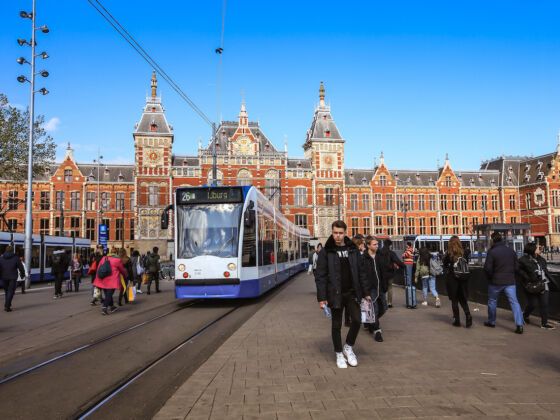THE THINKING ON my first day in Amsterdam went something like this: “I will conquer Amsterdam by foot! I have my handy map and I can figure this thing out. How hard could it be?”
And then I realized that Amsterdam is a really big city.
I was visiting for a couple days for the grand reopening of the Hotel Novotel, and they had hooked me up with an “I amsterdam” card. It basically gave me free reign of the main attractions in the city, as well as its public transportation.
